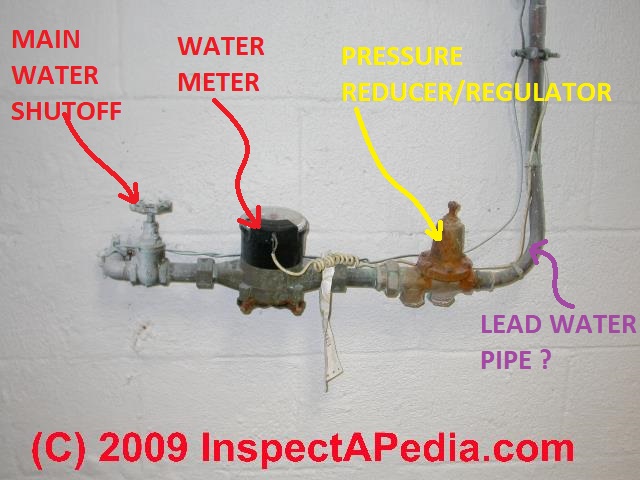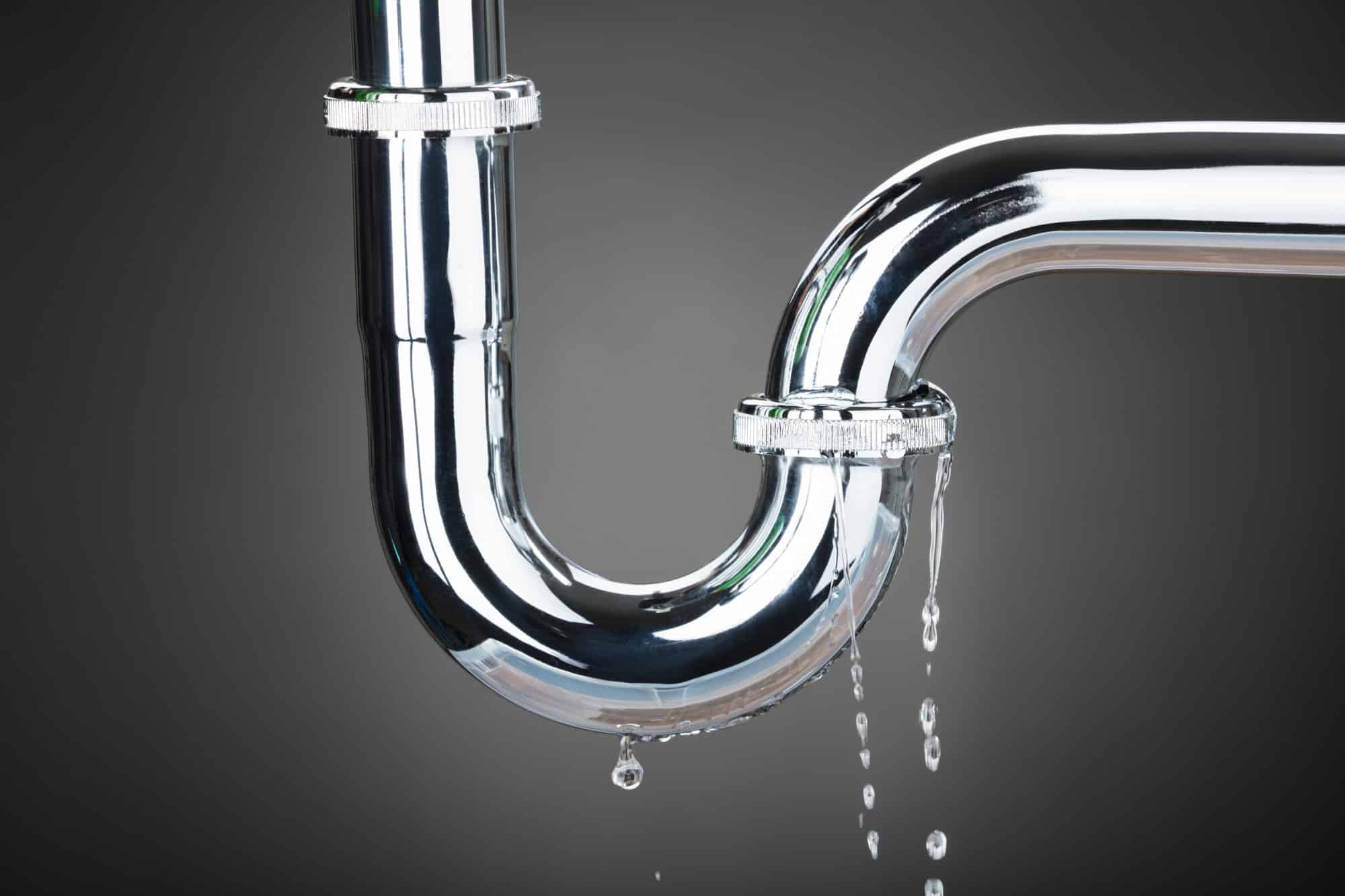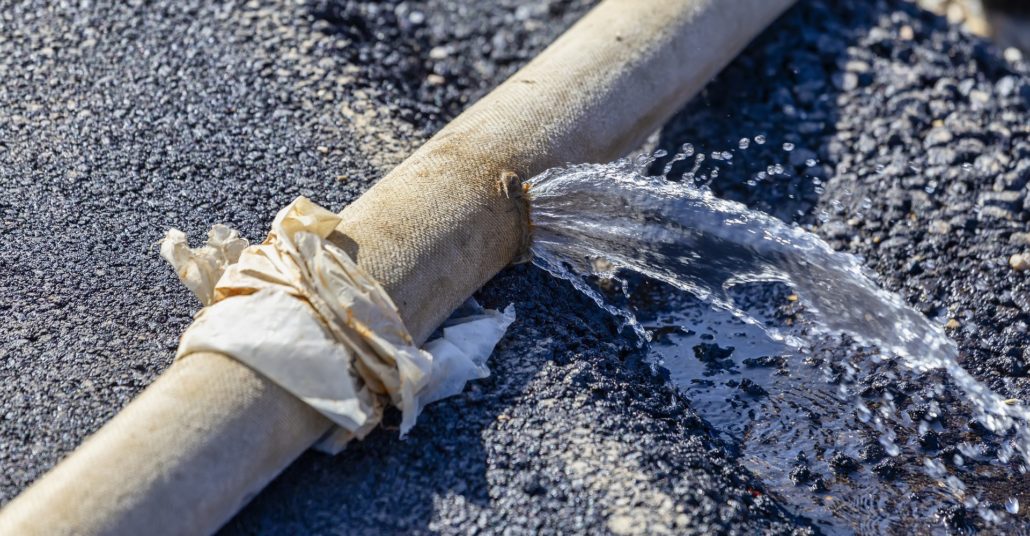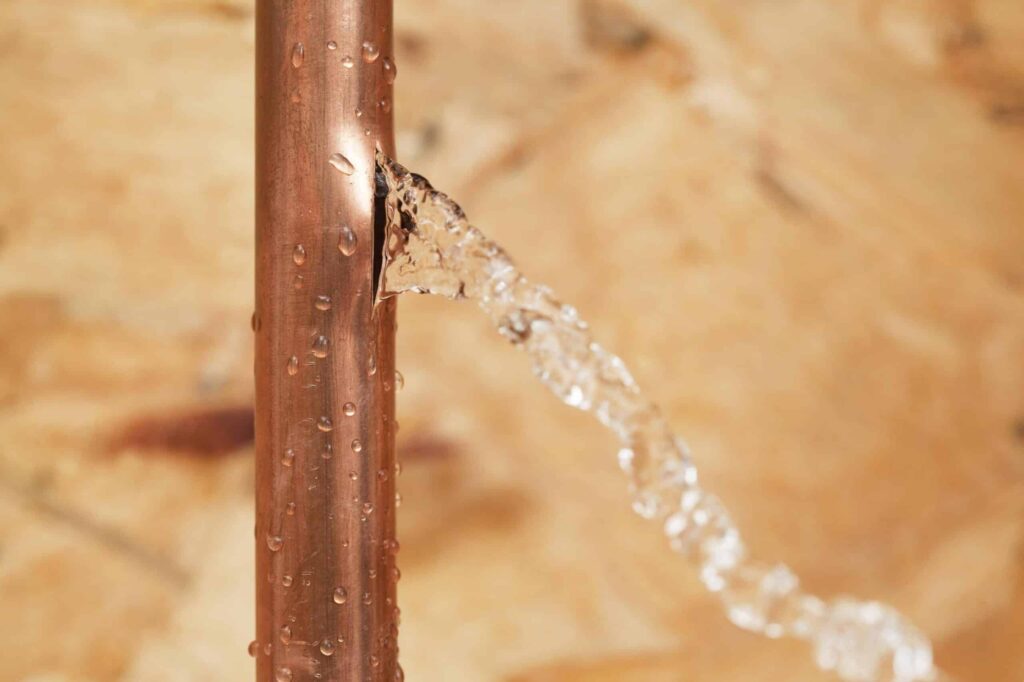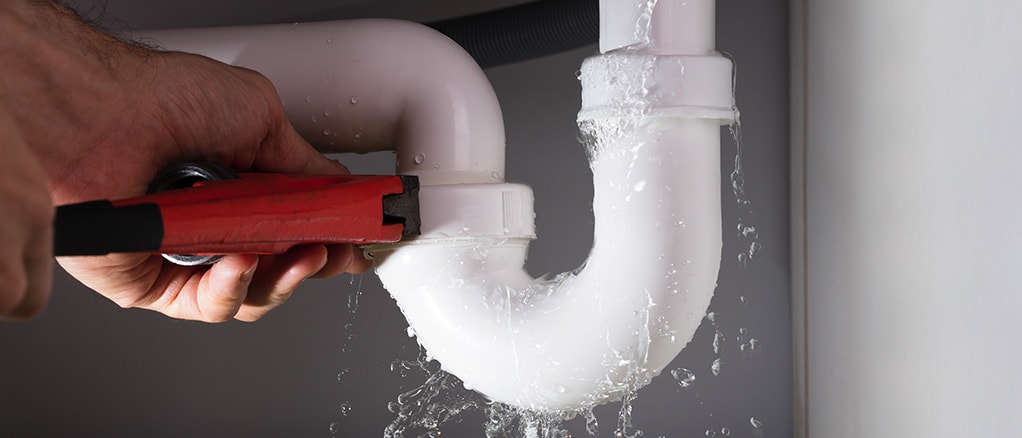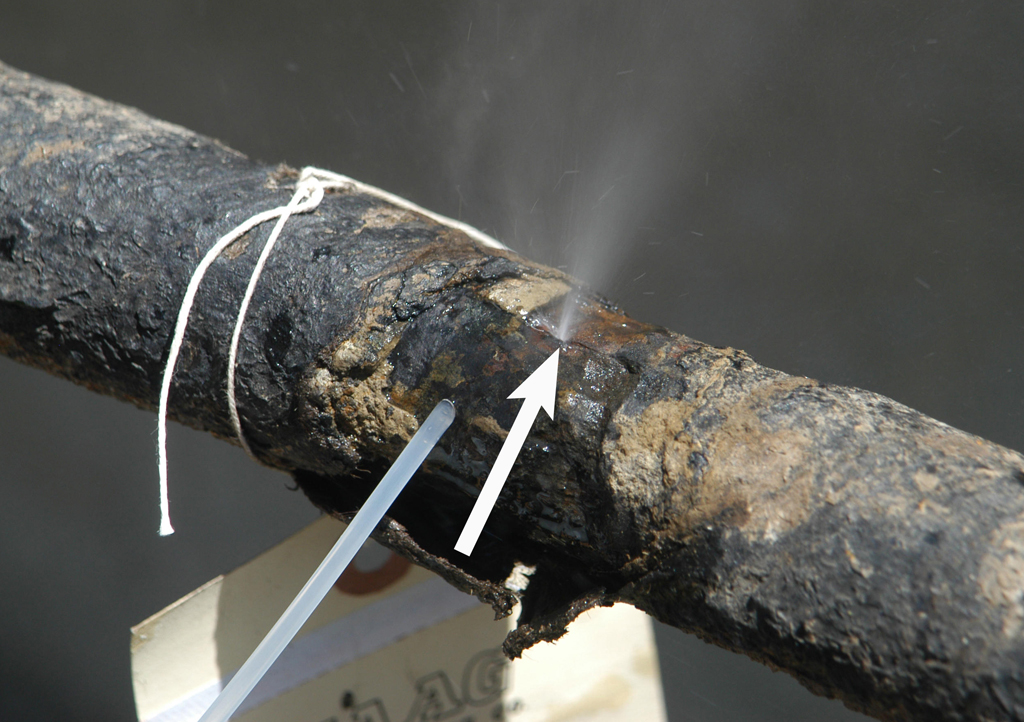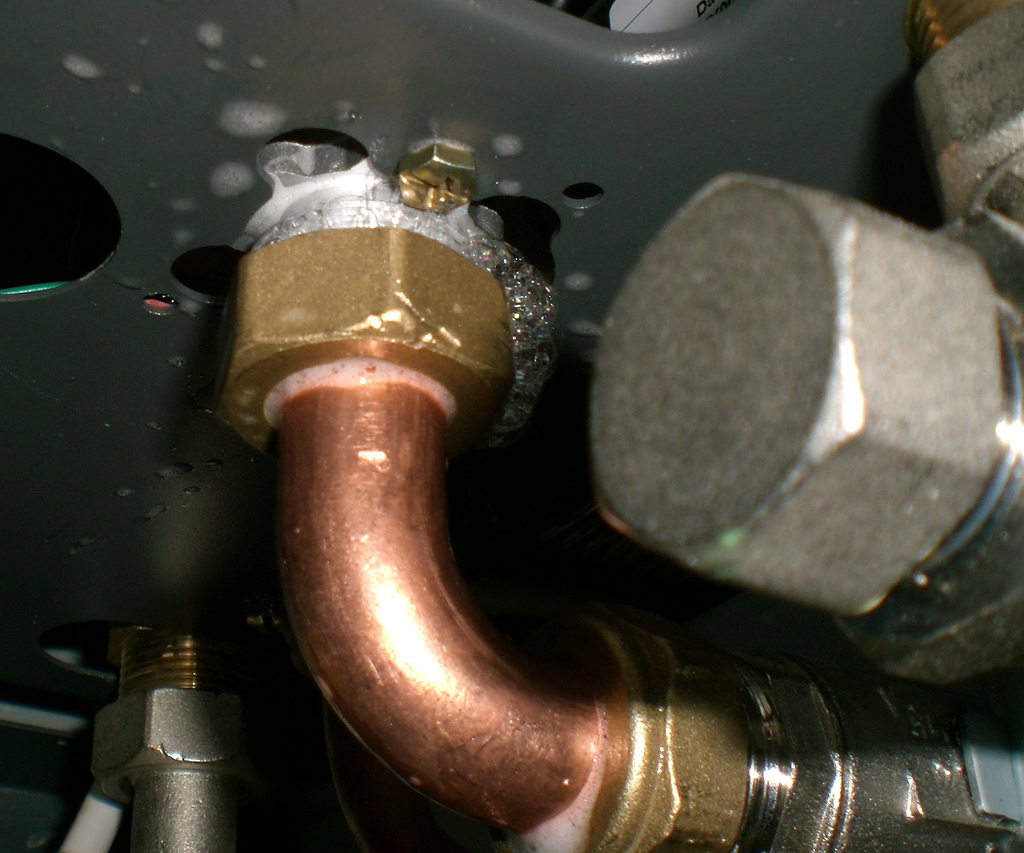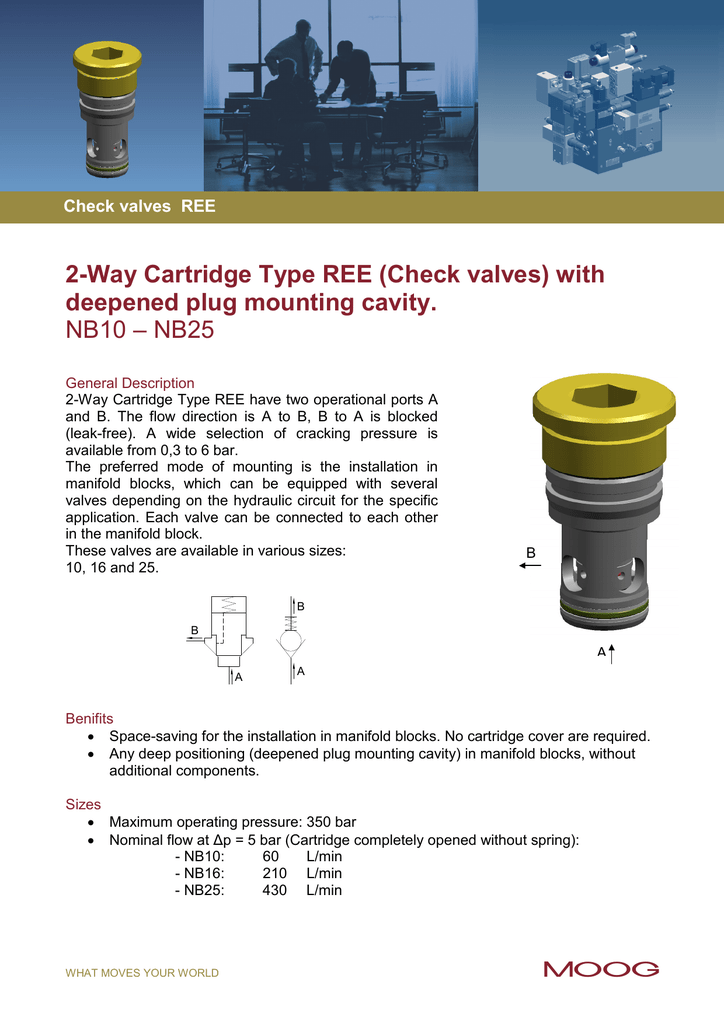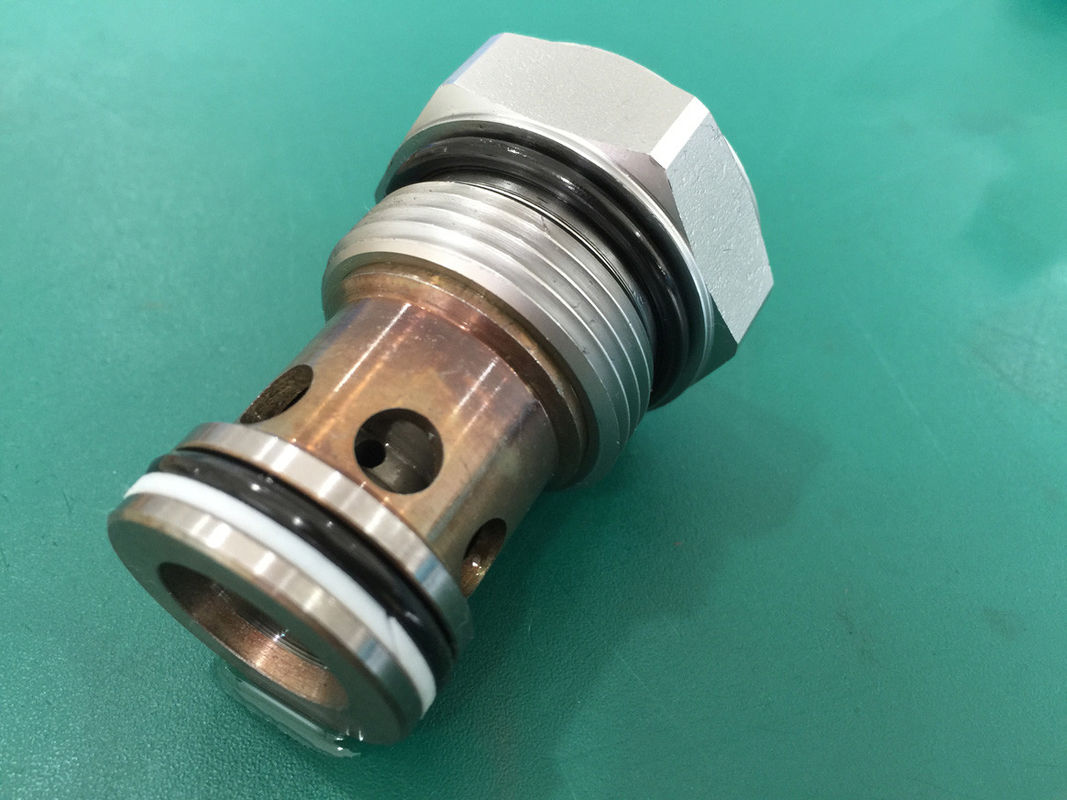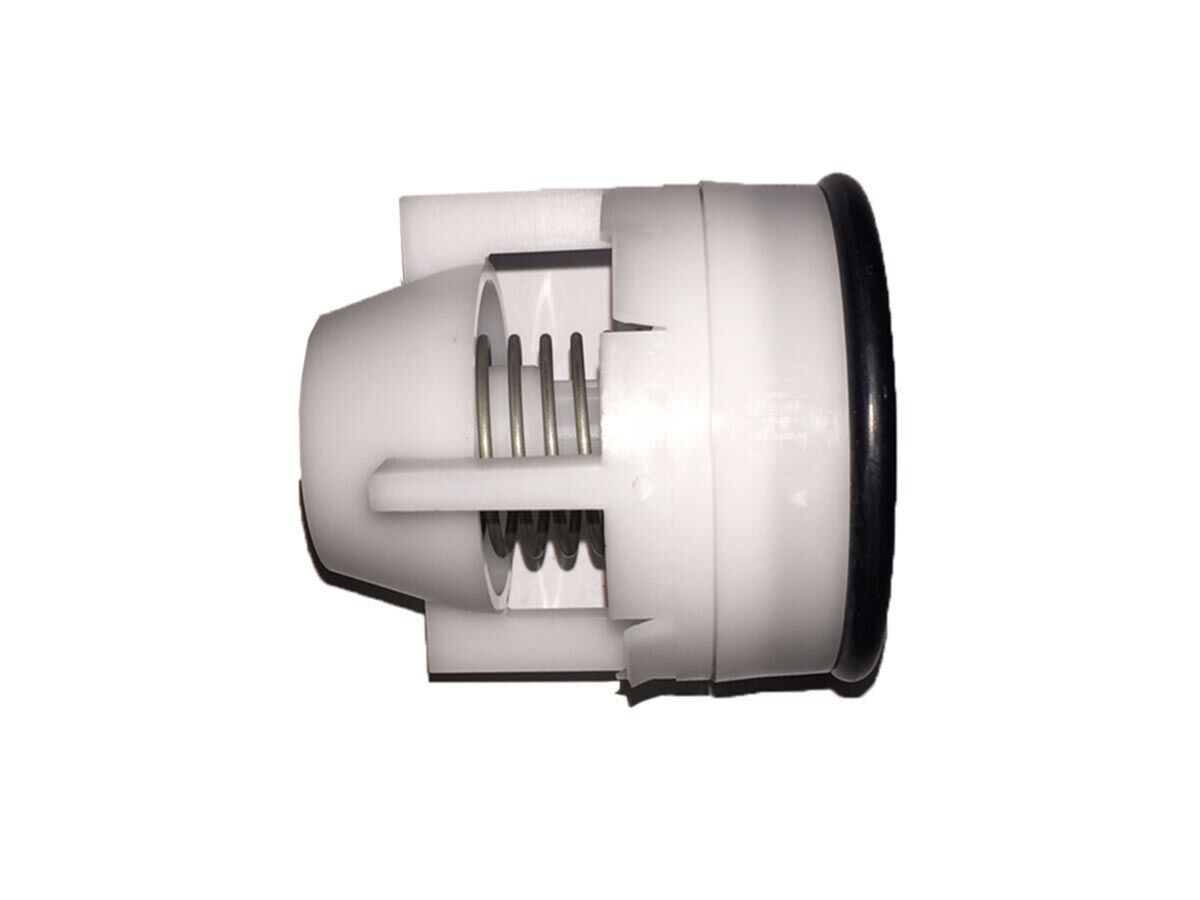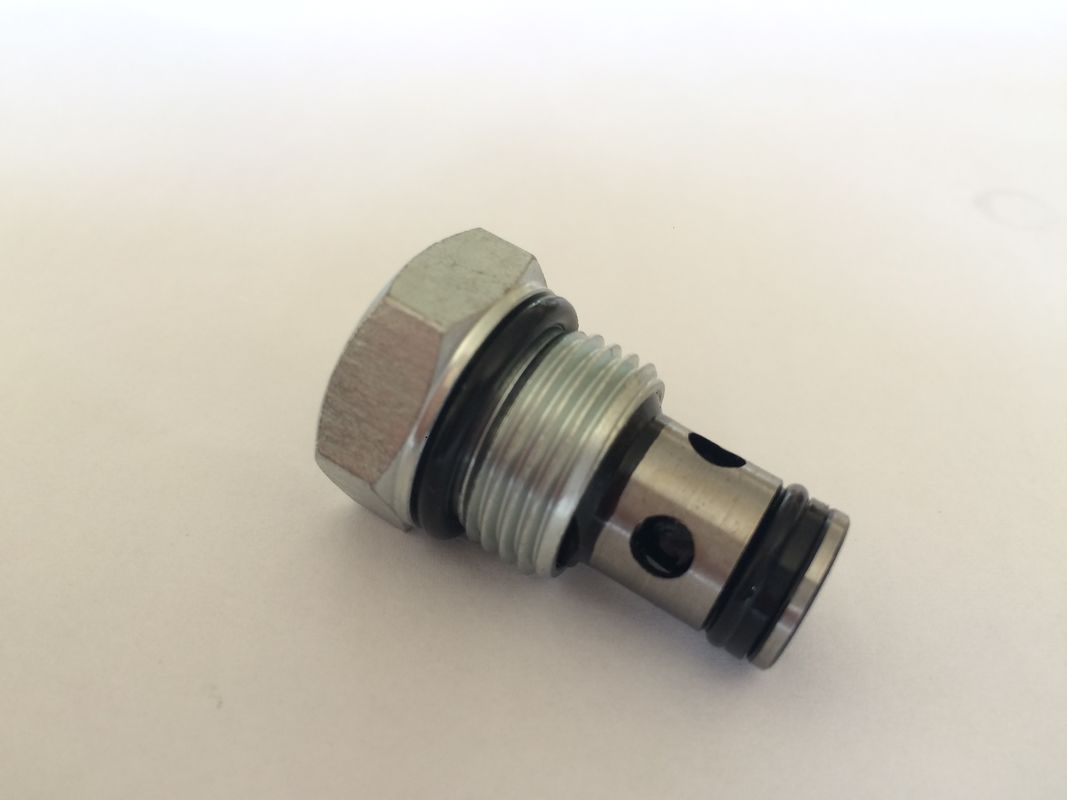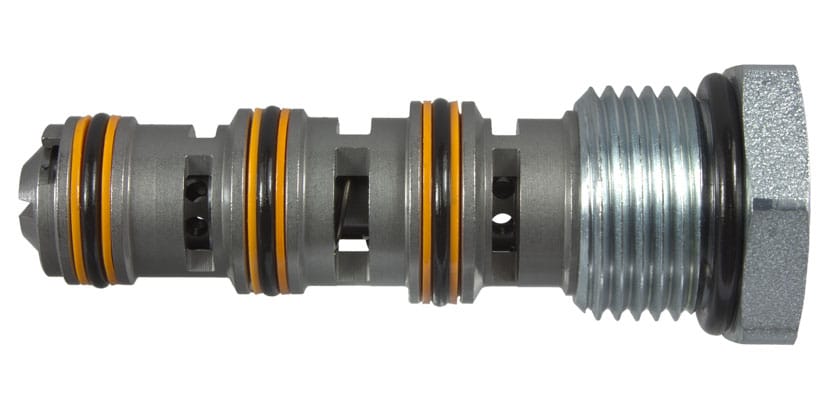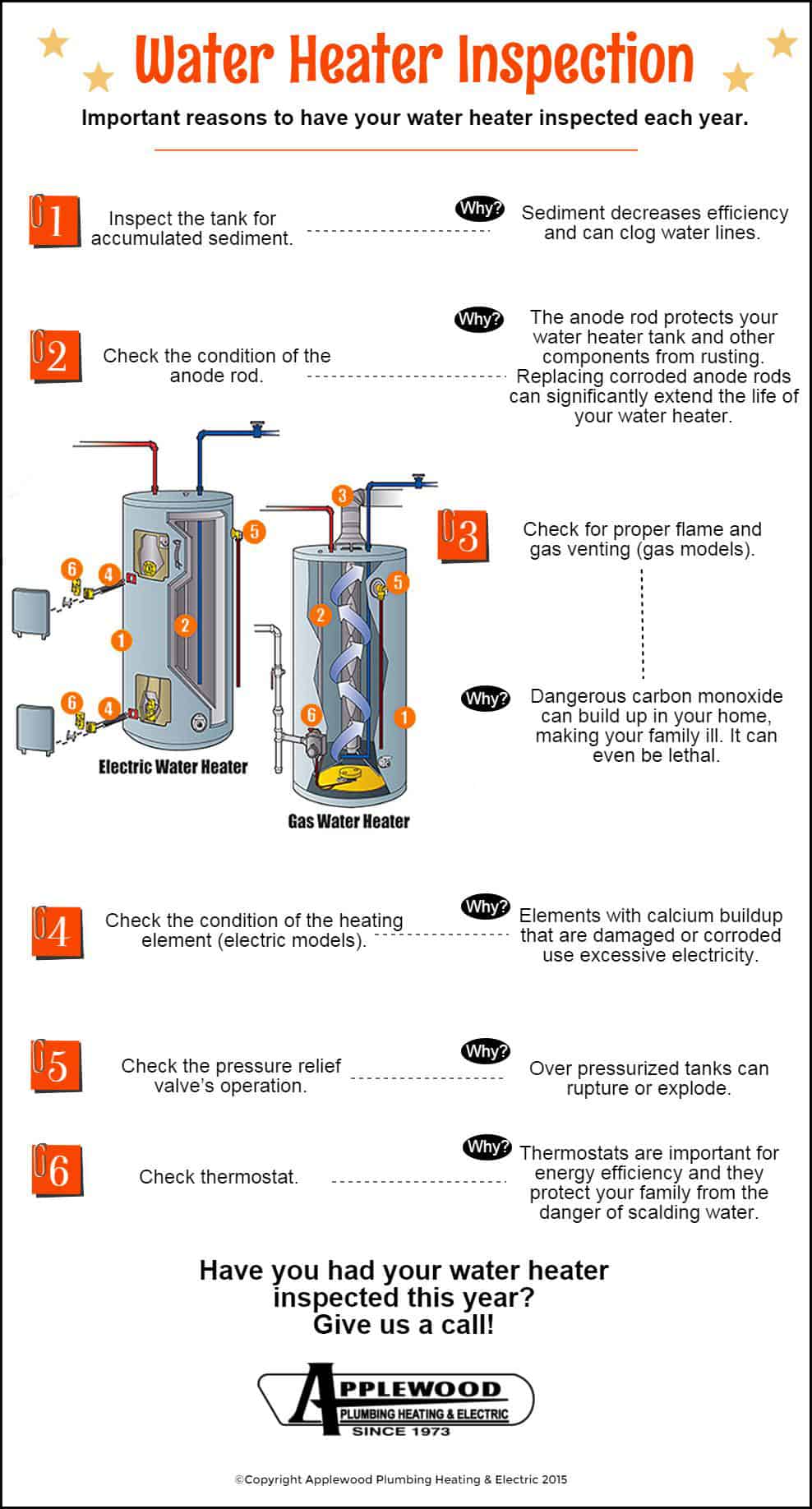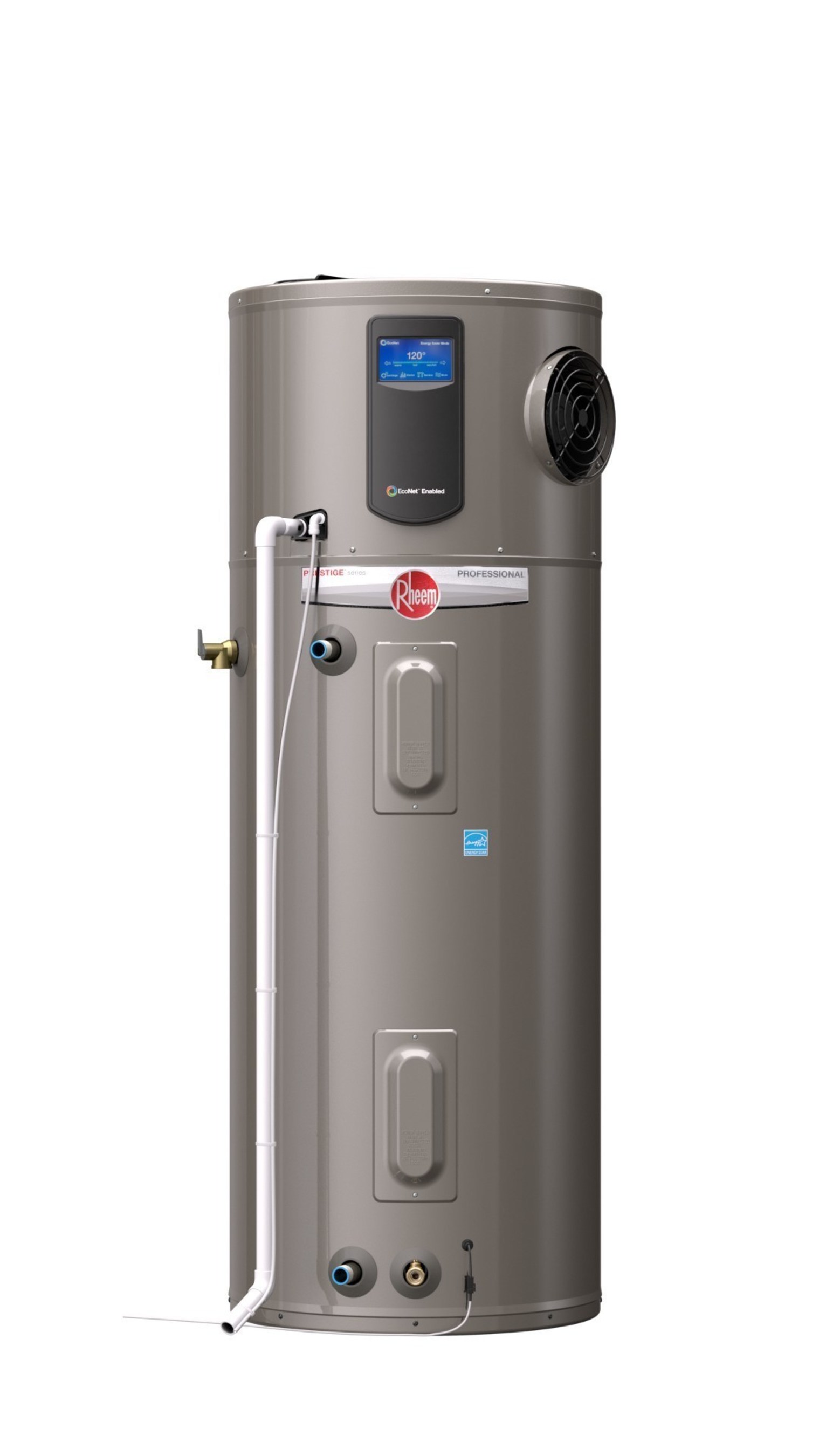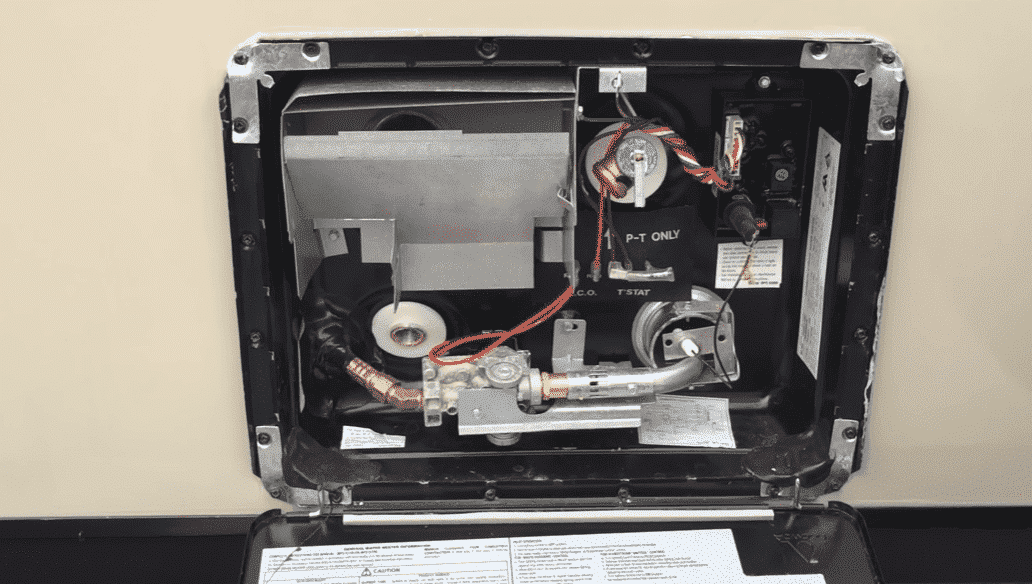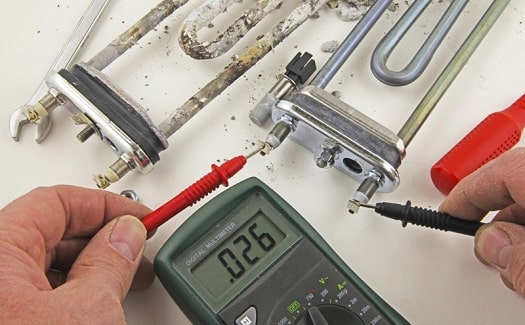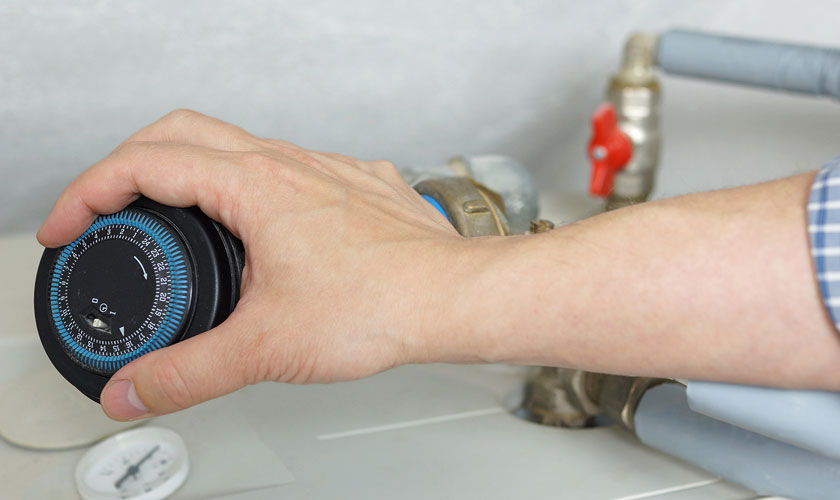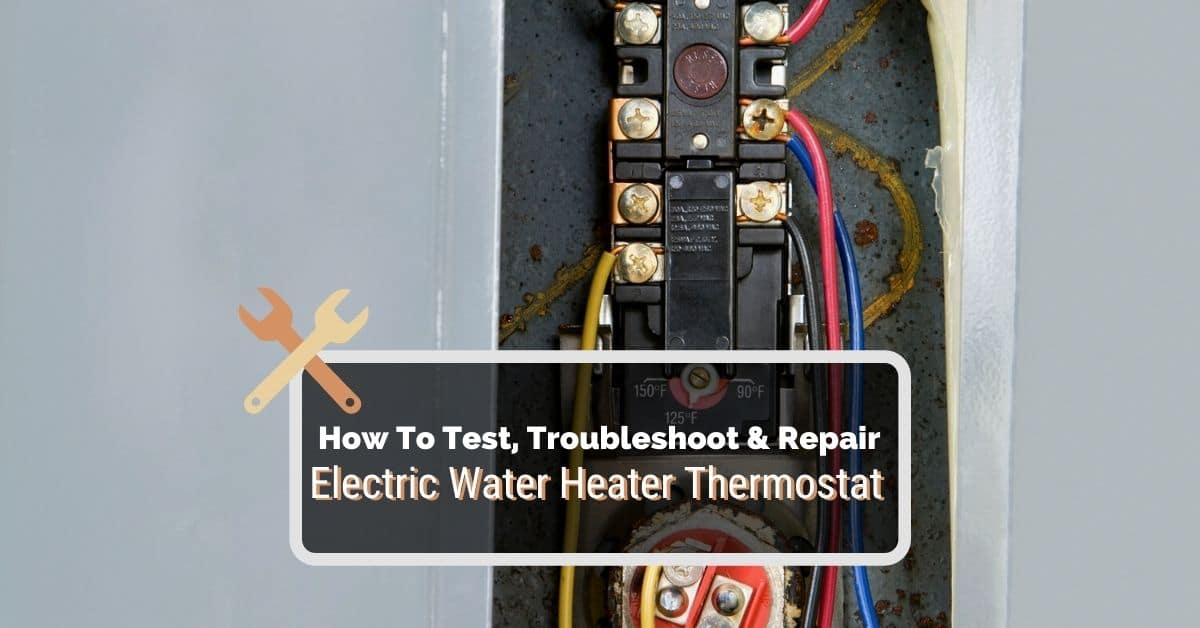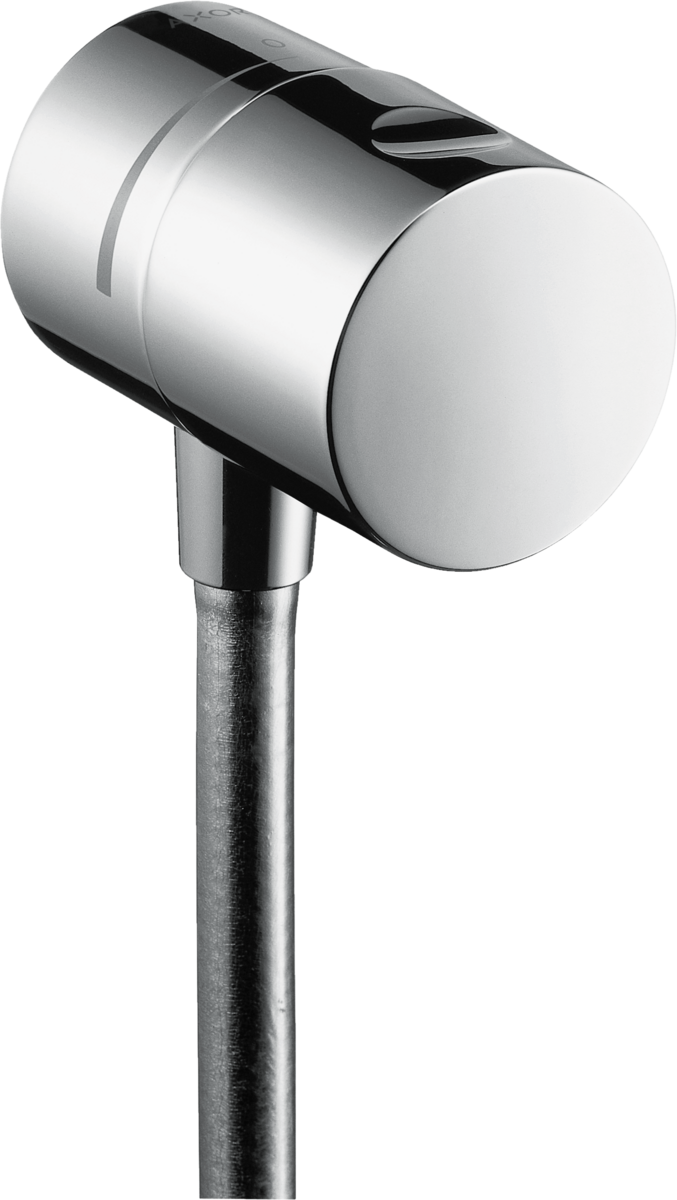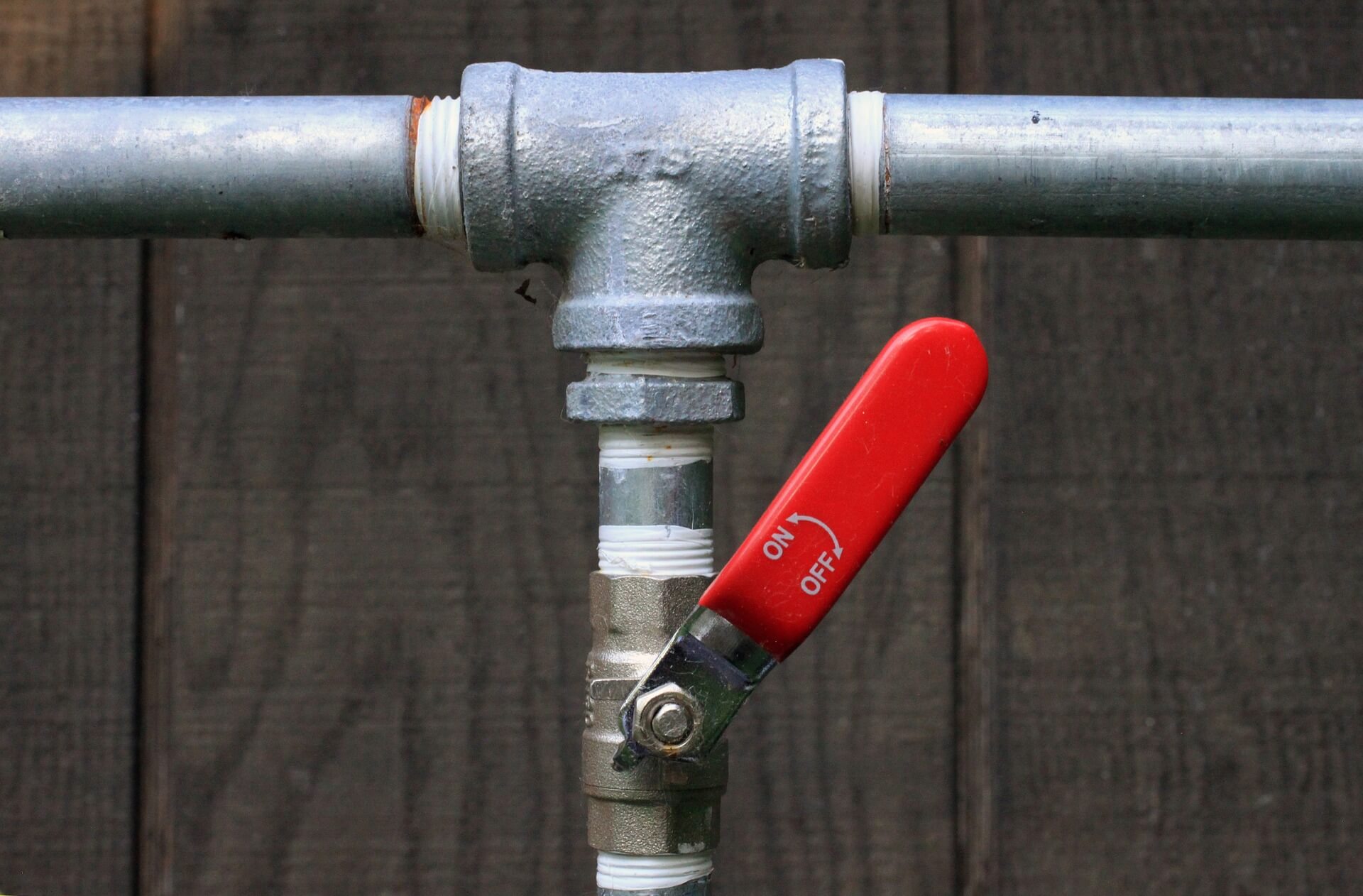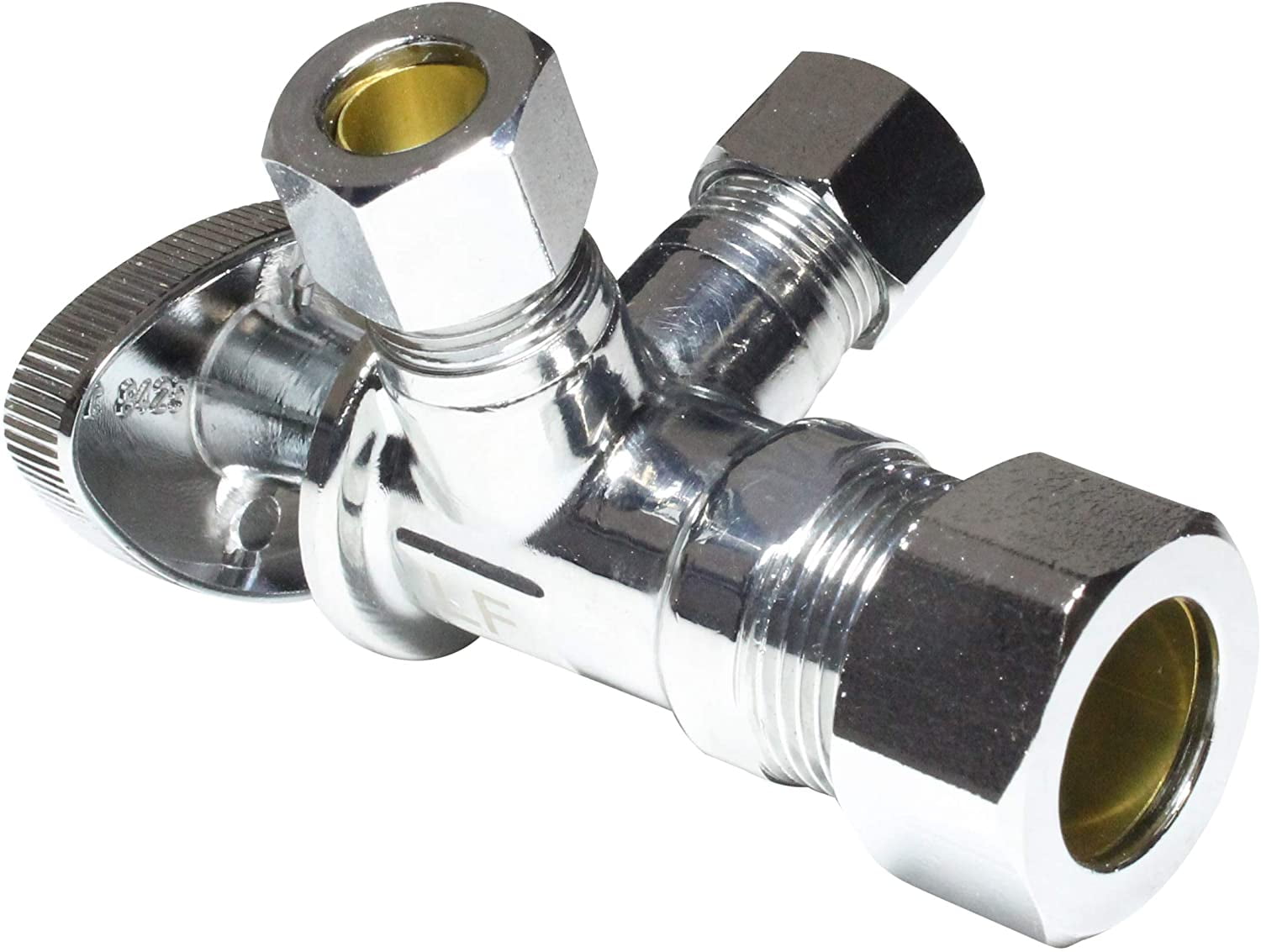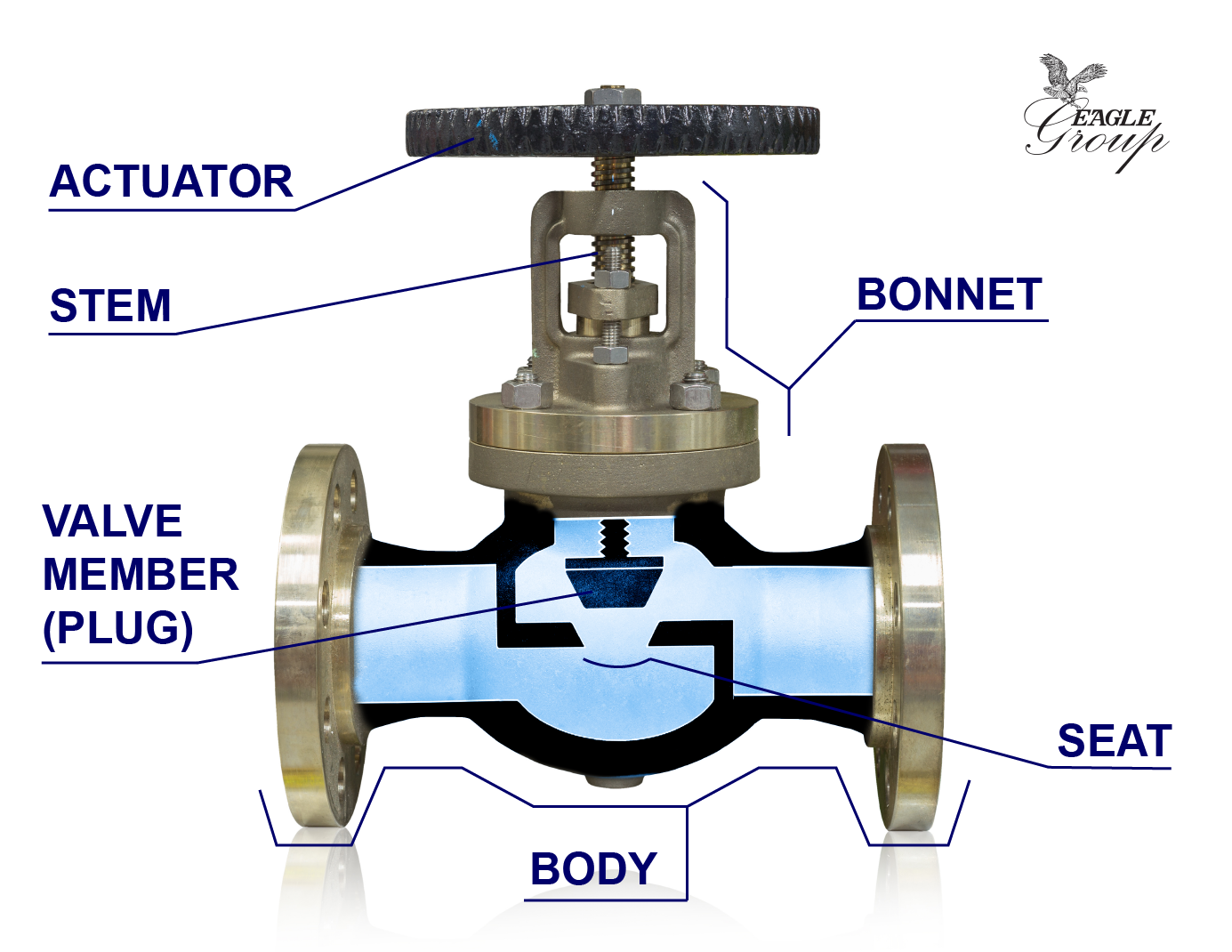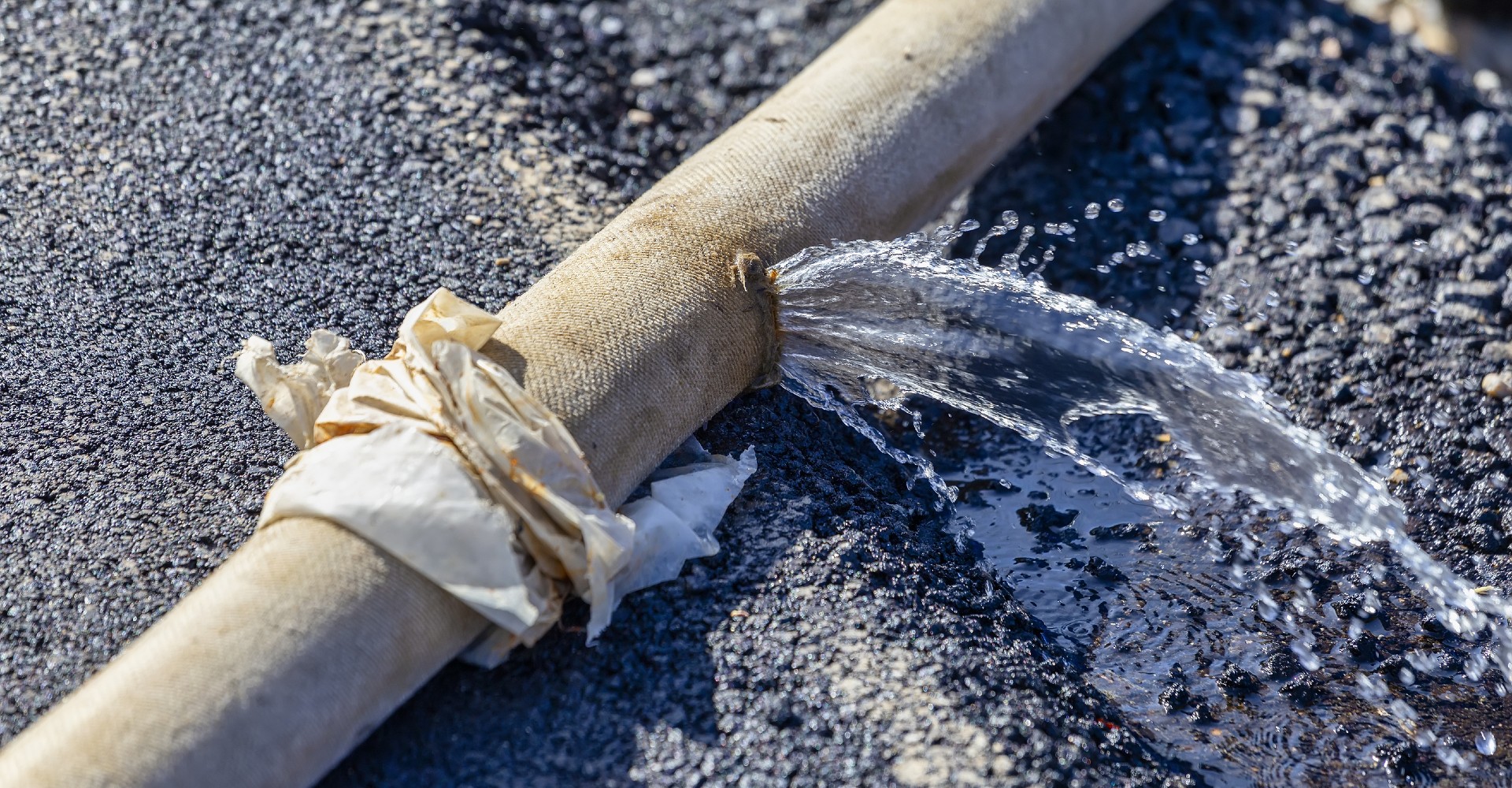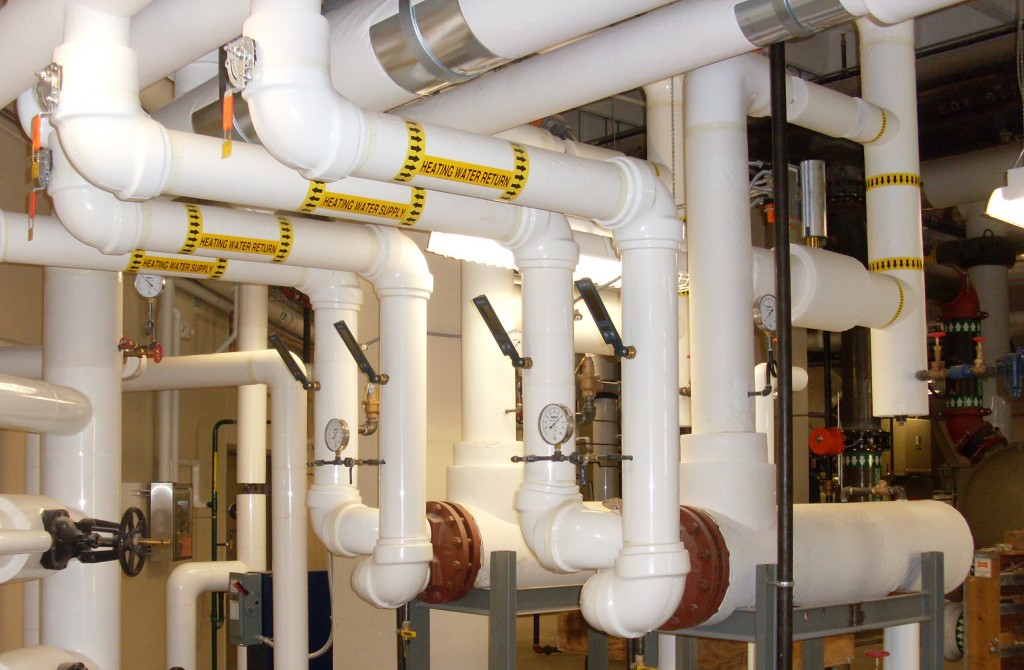If your kitchen sink faucet is losing pressure, the first thing you should check is the aerator. The aerator is a small mesh screen located at the end of the faucet. Over time, it can become clogged with mineral deposits or debris, causing a decrease in water flow. To check the aerator, unscrew it from the faucet and clean it thoroughly with a mixture of water and vinegar. This should help improve the water pressure in your faucet.Check the aerator:
The next step is to check the water supply to your kitchen sink. Make sure that the shut-off valves under the sink are fully open. If they are partially closed, it can result in a decrease in water pressure. Also, check if your main water supply valve is fully open. If it is not, this could be the cause of the low water pressure in your kitchen sink faucet.Check the water supply:
Another possible cause of your kitchen sink faucet losing pressure could be a faulty water pressure regulator. This device regulates the water pressure in your home and can become damaged over time. It is usually located near the main water supply valve. If you suspect this may be the issue, it is best to call a professional plumber to inspect and replace the water pressure regulator.Check the water pressure regulator:
A clog can also be the culprit behind a kitchen sink faucet losing pressure. To check for clogs, you will need to remove the faucet head and inspect the inside of the faucet for any debris or buildup. You can use a small brush or toothpick to remove any obstructions. Once the faucet head is clean, reattach it and test the water pressure.Check for clogs in the faucet:
If you have checked the aerator, water supply, and faucet head and still have low water pressure, the next step is to check for leaks in the pipes. A leak can cause a decrease in water pressure, as well as wasting water. Inspect the pipes under your sink and look for any signs of water leaks. If you find any, it is best to call a plumber to fix the issue.Check for leaks in the pipes:
The cartridge or valve in your kitchen sink faucet controls the flow of water. If it becomes damaged or worn out, it can result in low water pressure. To check the cartridge, you will need to turn off the water supply, remove the faucet handle, and inspect the cartridge for any signs of damage or buildup. If necessary, replace the cartridge to improve water pressure.Check the cartridge or valve:
In some cases, the water heater can be the cause of low water pressure in your kitchen sink faucet. If the water heater is not functioning properly, it can affect the water flow in your home. Make sure to check the temperature setting on your water heater and also check for any leaks or malfunctions. If you are unsure, it is best to call a professional plumber to inspect and fix any issues with your water heater.Check the water heater:
The shut-off valves under your sink control the water supply to your kitchen sink faucet. If they are not fully open, it can result in low water pressure. Make sure to check that both the hot and cold water supply valves are fully open. If they are partially closed, turn them all the way open to see if it improves the water pressure.Check the shut-off valves:
If you have recently had work done on your plumbing or have turned off the main water supply, there may be air trapped in your pipes. This can cause a decrease in water pressure. To fix this, you will need to turn off the main water supply, then turn on all the faucets in your home to release the trapped air. Once all the faucets are turned off, turn the main water supply back on and check the water pressure in your kitchen sink faucet.Check for air in the pipes:
If you have tried all the above steps and are still experiencing low water pressure in your kitchen sink faucet, it may be time to call a professional plumber. They will be able to identify and fix any underlying issues that may be causing the problem. It is always better to seek professional help rather than trying to fix the issue yourself, as it can lead to further damage and costly repairs. In conclusion, if your kitchen sink faucet keeps losing pressure, there are a few possible causes to consider. By checking the aerator, water supply, pressure regulator, clogs, leaks, cartridge, water heater, shut-off valves, and air in the pipes, you can narrow down the issue and potentially fix it yourself. If all else fails, do not hesitate to call a professional for help. By addressing the issue promptly, you can ensure proper water pressure in your kitchen sink faucet and avoid any further problems in the future.Call a plumber for professional help:
Why Your Kitchen Sink Faucet May Be Losing Pressure

One of the most frustrating things that can happen in a kitchen is when the kitchen sink faucet starts losing pressure . It can make simple tasks like washing dishes or filling up a pot take longer and be more difficult. Not to mention, it can also be a sign of a larger plumbing issue that needs to be addressed. If you're experiencing this problem, don't worry – you're not alone. This is a common issue that many homeowners face, and there are a few potential causes for it.
Blocked Aerator

The first thing to check when your kitchen sink faucet is losing pressure is the aerator . The aerator is a small screen at the end of the faucet that helps to regulate water flow and reduce splashing. Over time, it can get clogged with debris and mineral buildup, causing a decrease in water pressure. To solve this issue, simply unscrew the aerator from the end of the faucet, clean it, and screw it back on. If the problem persists, you may need to replace the aerator.
Low Water Pressure
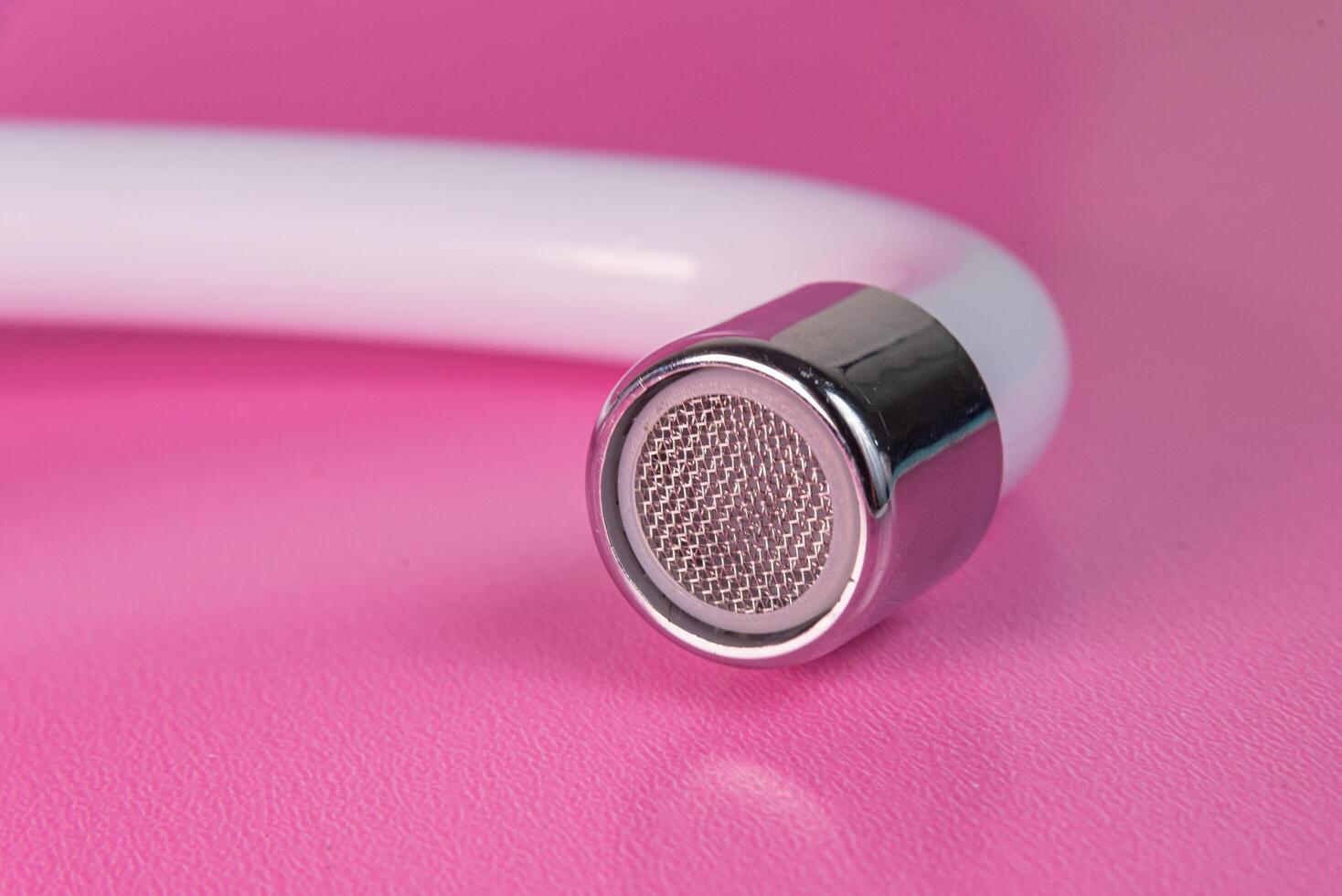
If the water pressure in your entire house is low, the issue may not be with your kitchen sink faucet specifically. There could be a problem with the water supply line , such as a leak or a blockage. You can check this by turning on other faucets in your home and seeing if they also have low water pressure. If so, it's best to call a plumber to diagnose and fix the issue.
Old or Worn Out Faucet

Another common cause of kitchen sink faucet pressure loss is an old or worn out faucet. If you've had your faucet for many years, it may be time for a replacement. Over time, faucets can develop cracks, leaks, and other issues that can affect water pressure. Upgrading to a new faucet can not only improve water pressure, but it can also give your kitchen a fresh new look.
In conclusion , a kitchen sink faucet losing pressure can be a frustrating and inconvenient problem, but it's not something that can't be fixed. By checking the aerator, ensuring there aren't any issues with the water supply line, and considering a faucet upgrade, you can solve this issue and get back to using your kitchen sink with ease. If the problem persists, it's best to consult a professional plumber to identify and fix any underlying issues. Don't let a low-pressure faucet get in the way of your daily tasks – take action and restore your kitchen sink to its full functionality.


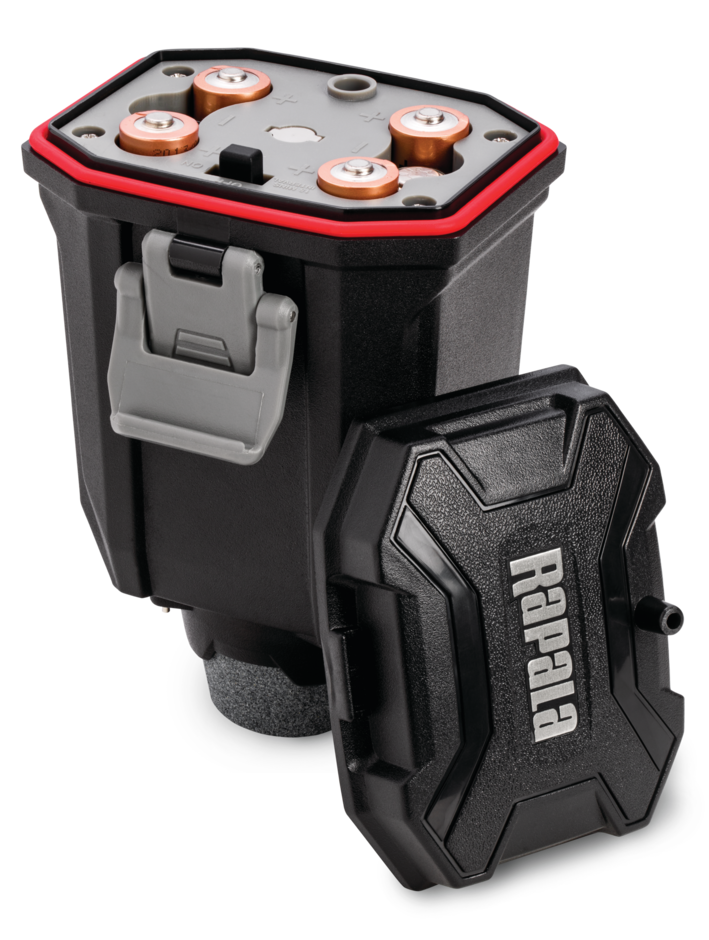







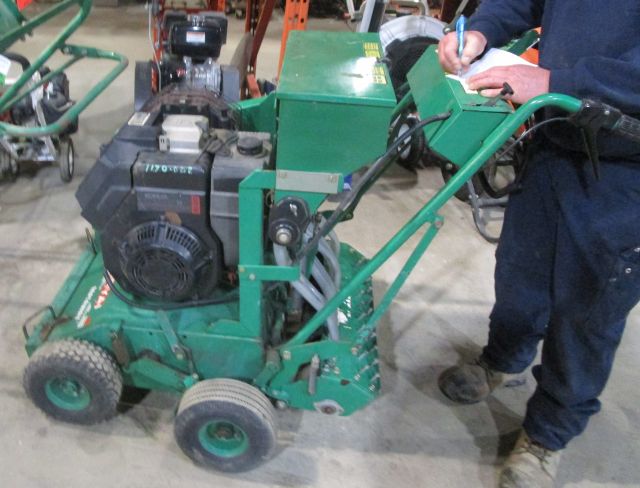
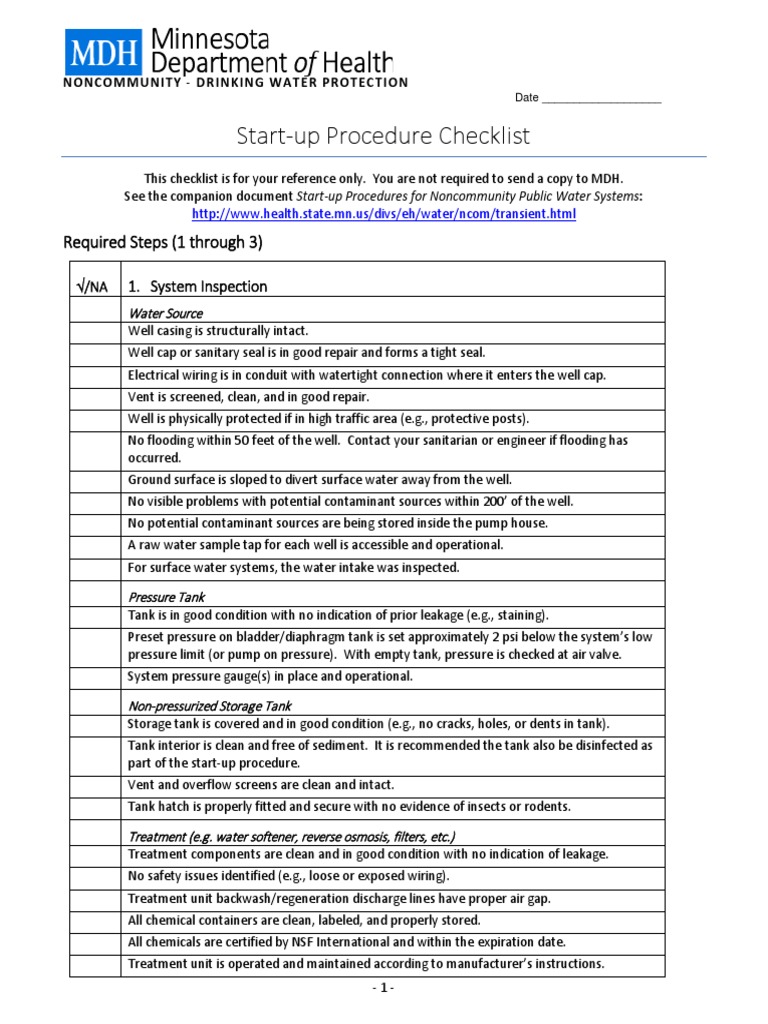

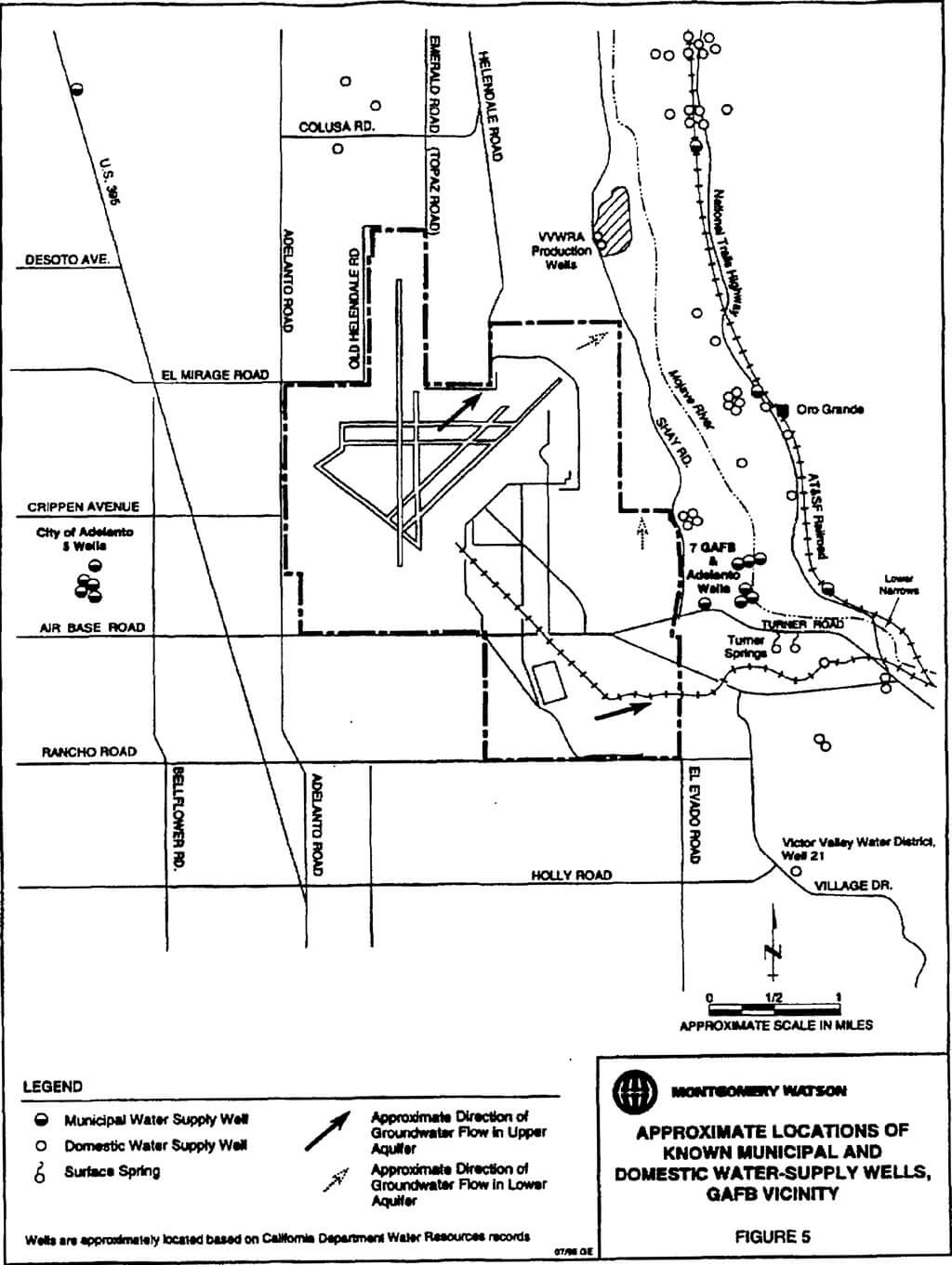
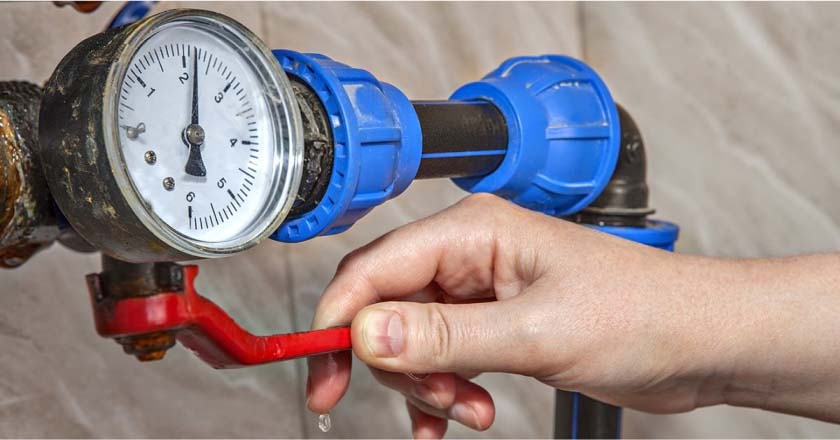
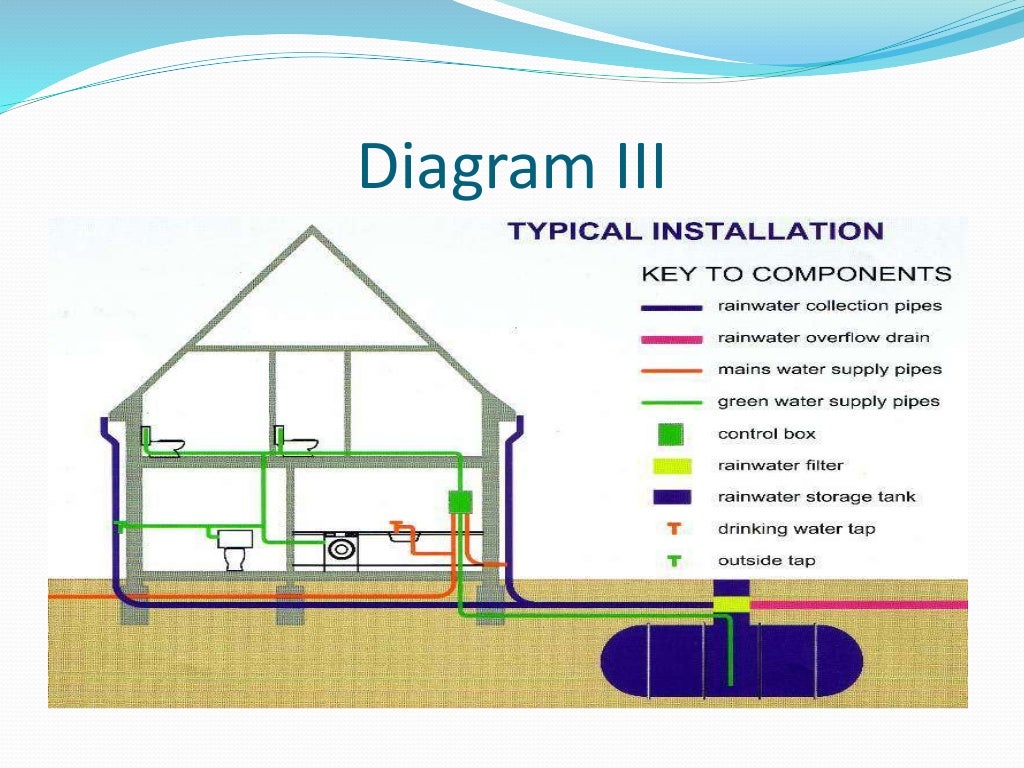


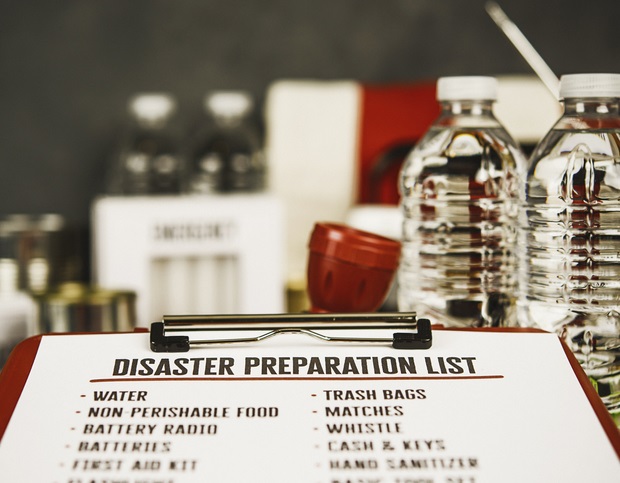


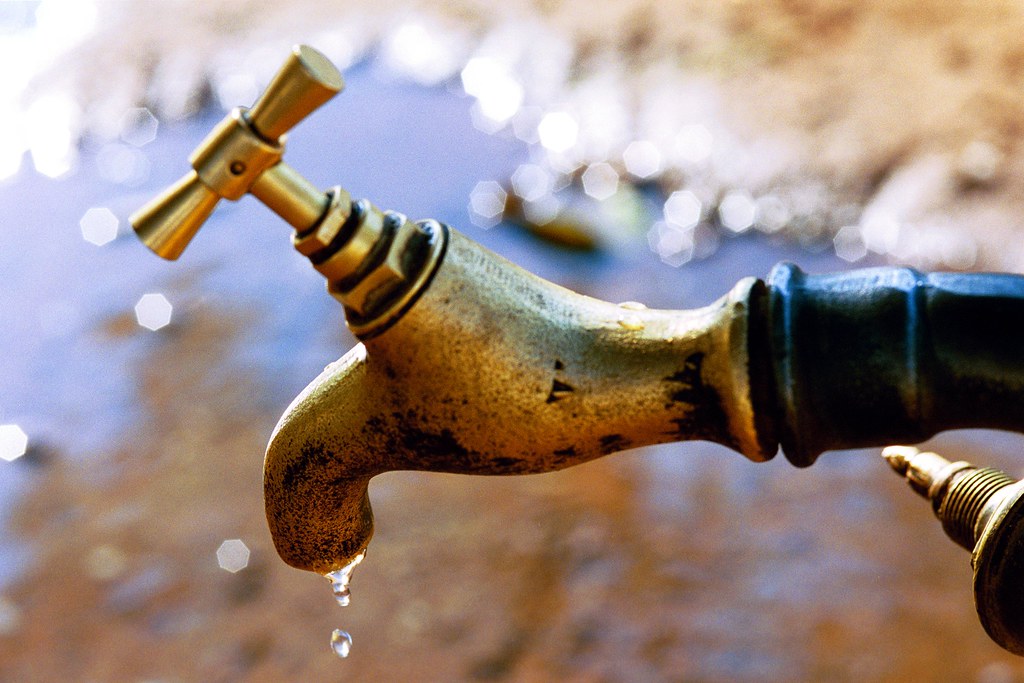
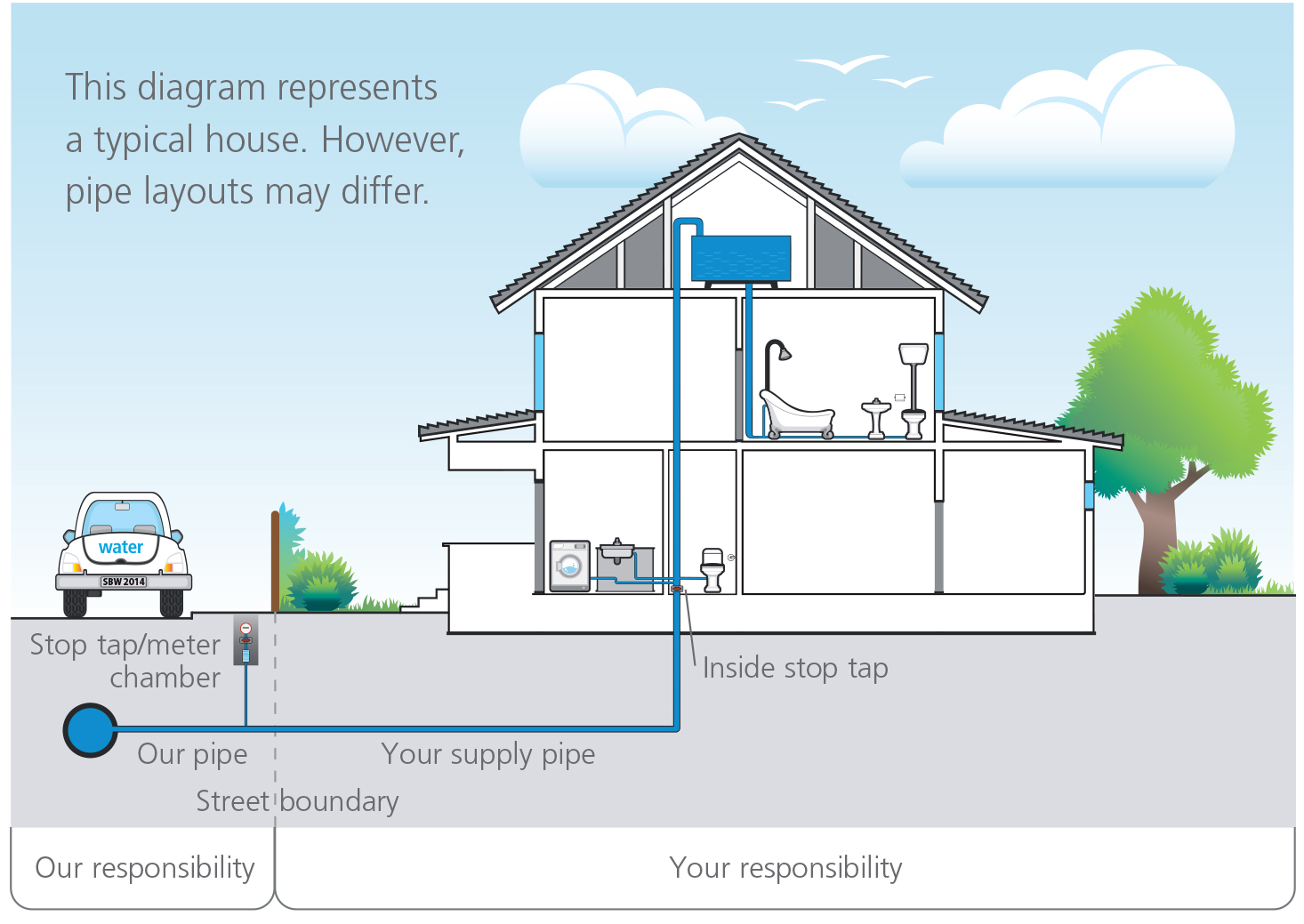


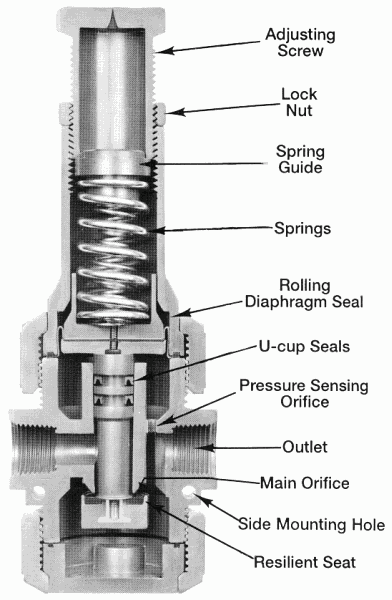



:max_bytes(150000):strip_icc()/Water-pressure-regulator-2718696_color-8cb88034226e4c43aae61588c648e23f.jpg)



